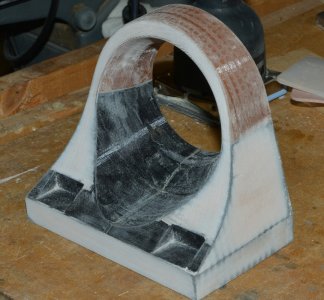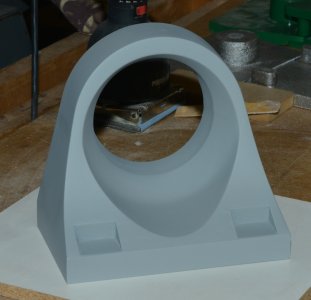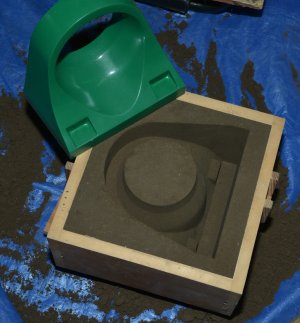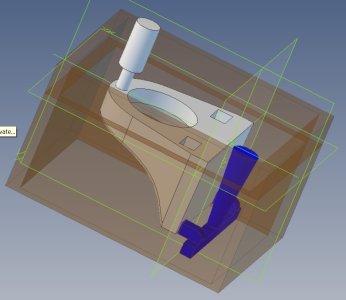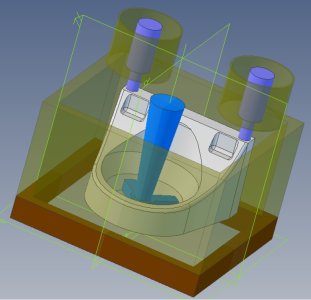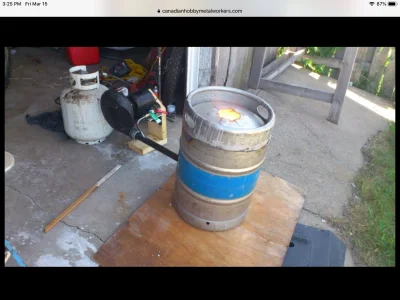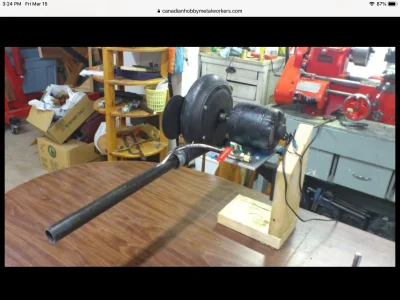I have tried melting chips that @Janger provided from his cnc however it does not melt nicely , oxidization is the issue. It doesn’t go liquid, just ashes/slag. I think a workaround is to have a charge of aluminum billet melted then to add the shavings in a shielded container (pop can) but this is a lot of work.I want to get into melting aluminum this summer. I need a furnace big enough to make my pure scrap back into billets. I have over 50 pounds of pure shavings and it grows everyday. I would like to make them into a solid again. I would need to be able to melt about 15 pounds / pour.
One question I have is how much bubbles will be in the loaf?
The electric solved the 4-season problem in Canada, you can melt heat round indoors. No worries on fumes/gases etc. from propane.The guys with the electric foundries, what is the experiance with those ? It seems like a less noisy/intrusive way to melt aluminum,
what kind of quantity are you able to smelt down ?
Do they get hot enough for other materials? (Regarding home job, 30-40a 220)
Do you think it's more or less expensive than propane/oil per kg of melted material ?
I can melt 10lbs of aluminum no problem, it just takes time (propane was faster). . First pour is usually 90 minutes from cold amd then 40-50 thereafter once warm.
I run mine on 220v 15amp. If I factor in my time (transportation) I think cost is a wash.
In terms of what it could melt, I think the limitation is your refractory. Insulated well, it just continues to get hotter.
I use my propane outside in the summer for a change of pace

